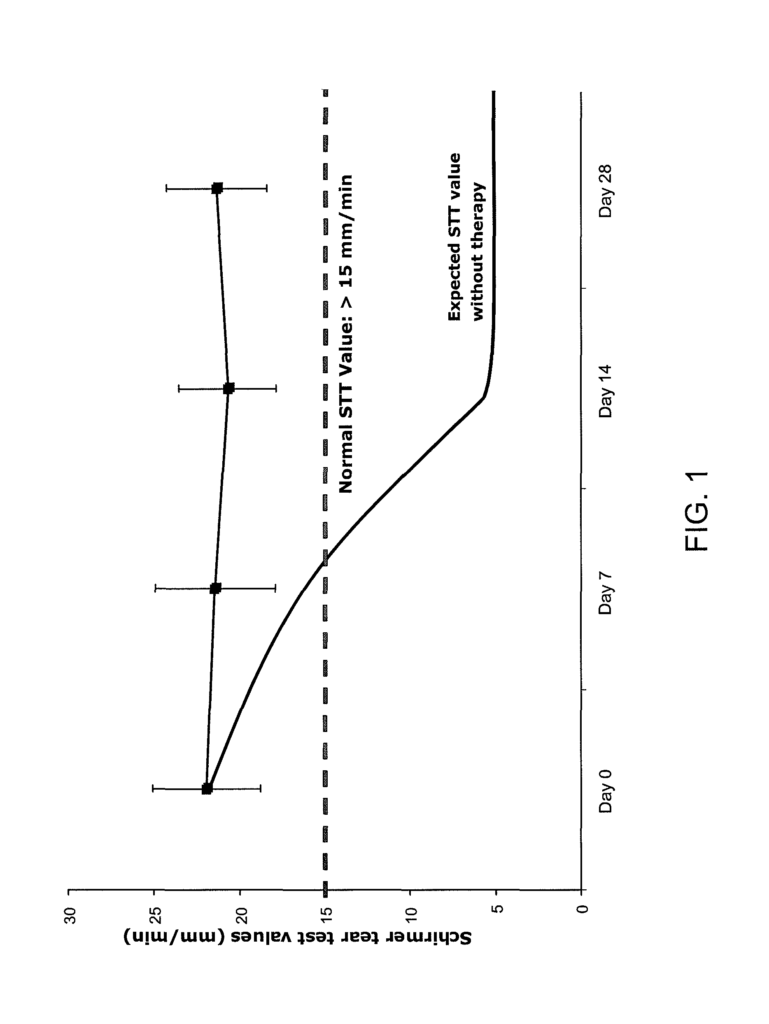Advanced Ophthalmic Compositions for Eye Health
Introduction
This technology offers a highly effective ophthalmic composition designed to address a range of eye health needs, from dry eye relief to post-surgical care. By delivering superior hydration, protection, and therapeutic benefits, this formulation provides a holistic approach to eye care, supporting patients’ vision and comfort in both everyday and clinical settings. For companies in ophthalmology, pharmaceuticals, and eye care, this technology is a powerful asset that aligns with the growing demand for advanced and patient-friendly eye treatment solutions.
The Challenge: Meeting the Diverse Needs of Eye Care
In today’s eye care market, patients with different conditions require tailored solutions that address specific needs, whether they’re managing dry eyes, recovering from surgery, or dealing with other ocular issues. Many current eye treatments offer limited benefits, focusing primarily on symptom relief without addressing the underlying needs for hydration, protection, and healing. As people spend more time on screens and environmental factors increase the risk of eye strain, the need for innovative, multipurpose eye care products has intensified. Healthcare providers and patients alike are seeking comprehensive eye care solutions that deliver sustained comfort and support.
A Comprehensive Composition for Superior Eye Care
This advanced ophthalmic composition meets these challenges with a unique formulation that offers long-lasting hydration, protective properties, and therapeutic support. Designed to be gentle yet effective, this composition provides an ideal solution for patients with dry eyes, those recovering from surgeries, or individuals exposed to environmental irritants. The formula is adaptable, making it suitable for prescription and over-the-counter eye care products. By offering an all-in-one solution, this technology enhances patient satisfaction and promotes better overall eye health, setting a new standard in the ophthalmic care industry.
Key Benefits for Pharmaceuticals and Eye Care Providers
For pharmaceutical and eye care companies, this technology offers an opportunity to develop a product line that meets a wide array of eye health needs. Hospitals, clinics, and ophthalmologists can use these advanced compositions to provide patients with effective, comprehensive care that addresses both comfort and healing. This composition’s gentle formulation is suitable for various applications, from routine hydration to therapeutic use, giving healthcare providers a versatile tool for improving patient outcomes. The ability to treat multiple symptoms and support eye health proactively makes it an invaluable addition to the eye care market.
Invest in Next-Level Eye Health Solutions
Licensing this advanced ophthalmic composition technology positions your company at the forefront of innovation in eye care. By offering a versatile, effective formula that caters to a wide range of eye health needs, your business can meet the increasing demand for superior ophthalmic solutions. This technology provides a strategic investment for companies dedicated to advancing patient comfort, enhancing eye health, and delivering high-quality care in ophthalmology.

- Abstract
- Claims
What is claimed is:
1. A pharmaceutical composition comprising:
14. A pharmaceutical composition comprising:
21. A method for treating an ocular disease in a patient in need thereof, comprising administering topically to an eye of the patient a mixed micelle pharmaceutical composition comprising:
Share
Title
Ophthalmic compositions
Inventor(s)
Ashim K. Mitra, Poonam R. Velagaleti, Subramanian Natesan
Assignee(s)
Aurinia Pharmaceuticals Inc
Patent #
10265381
Patent Date
April 23, 2019
